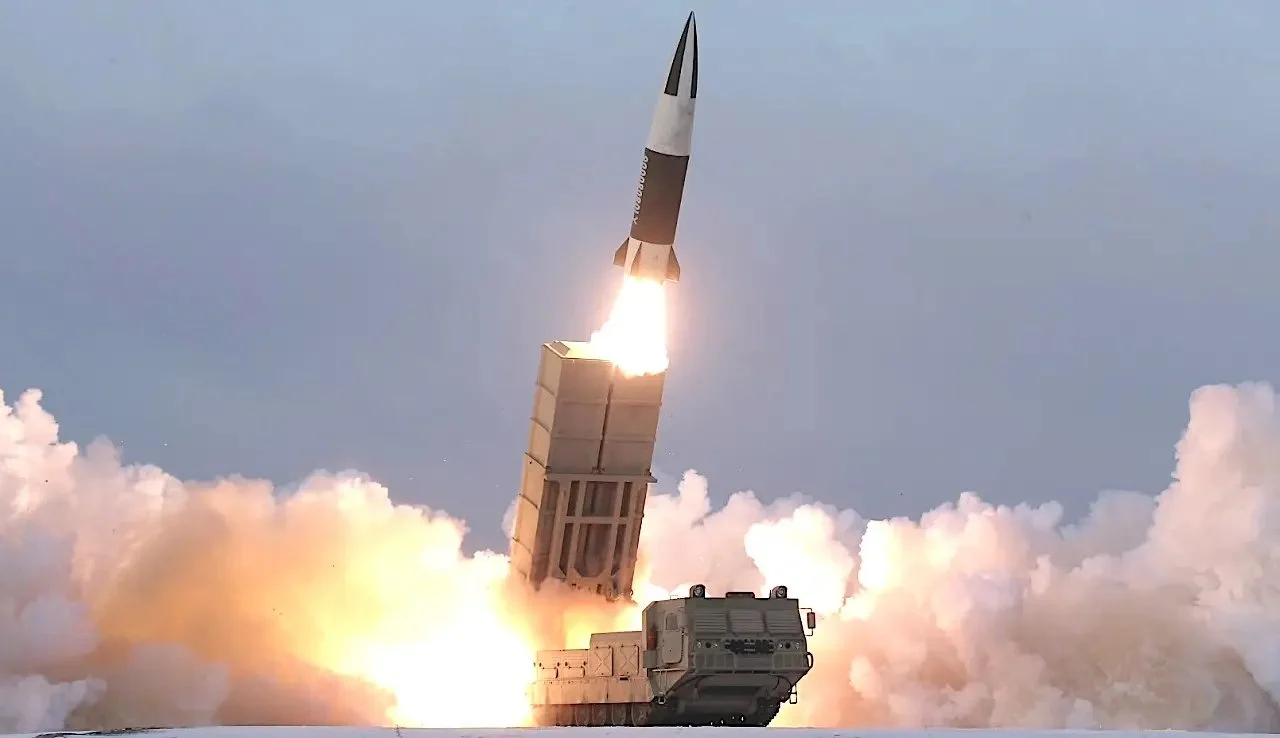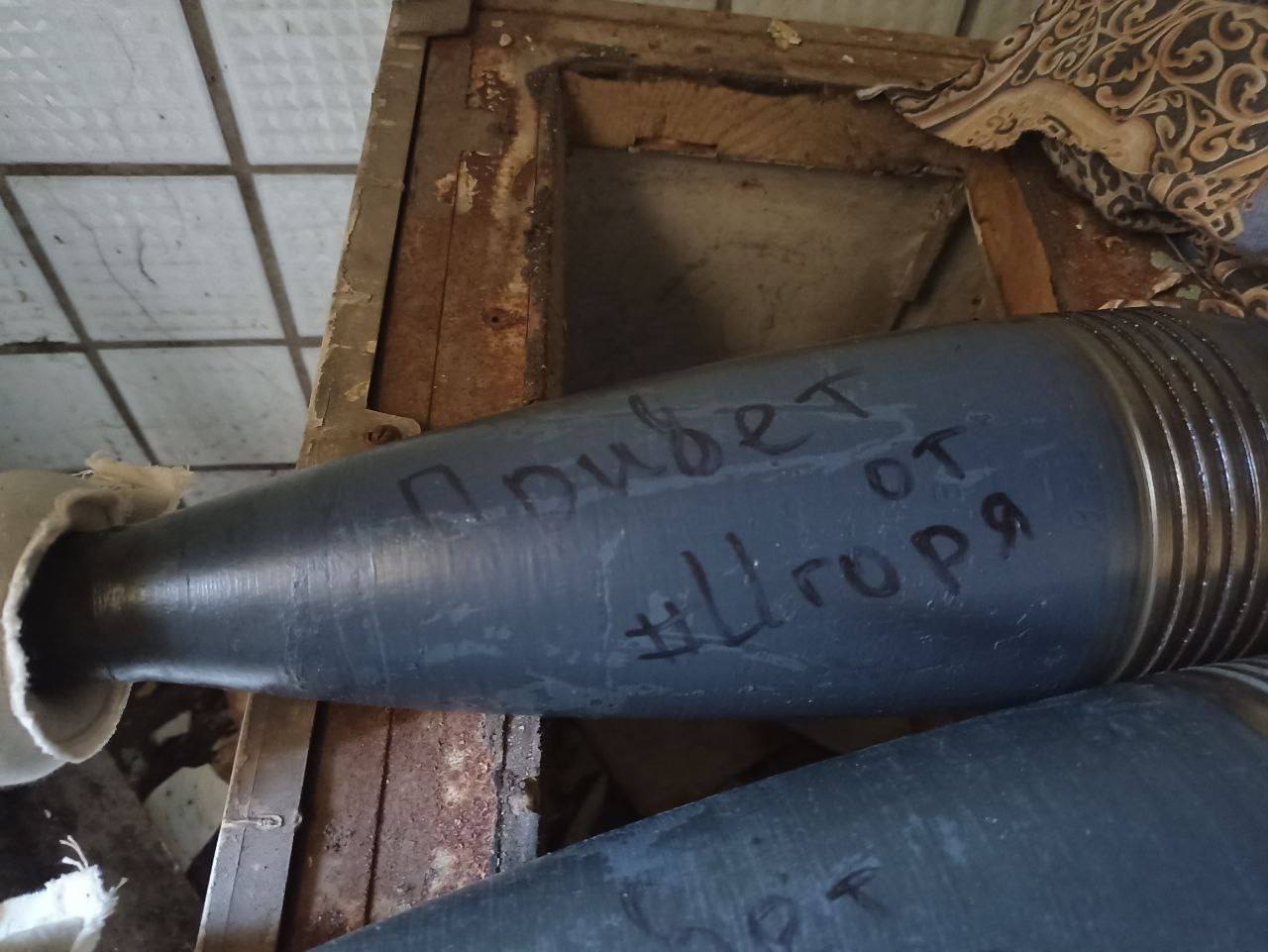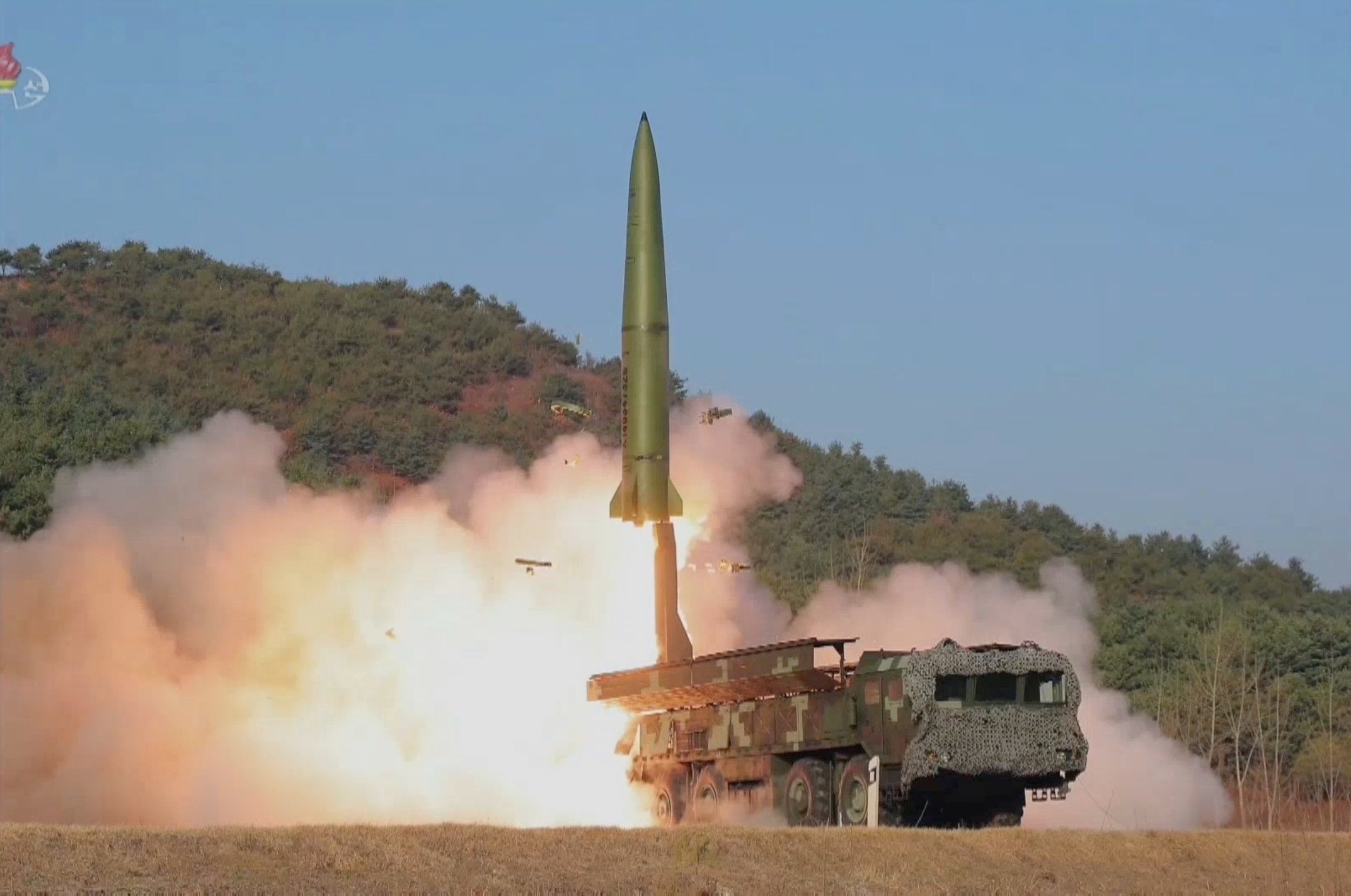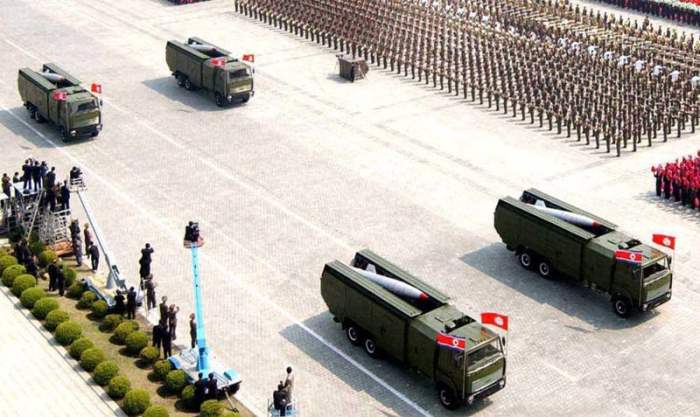
During a briefing at the White House on January 4, 2024, it became known that the Russians used North Korean ballistic missiles to attack Ukraine.
It also became known that the Russian Federation used these missiles during massive combined strikes on December 30, 2023, and January 2, 2024.
Any strengthening of the Russian arsenal of ballistic missiles poses a challenge for the Ukrainian missile defense. While modern Ukrainian missile defense is able to effectively intercept such targets, a rise in the number of missiles in a simultaneous salvo will, sooner or later, pose the risk of a massive breakthrough.
A powerful warhead, in conjunction with a large circular error probability, causes severe destruction and leads to civilian casualties.
In this article, we’ll try to explain how two totalitarian countries collaborate in the realm of weaponry, including the use of North Korean ballistic missiles by the Russians, along with other developments in North Korea.
In August 2023, the leadership of North Korea began an inspection of local enterprises specializing in the production of weapons and ammunition.
The country’s leader, Kim Jong Un, visited strategically important defense plants, including those that produce artillery systems and launchers for ballistic missiles.
Koo Byoungsam, a spokesperson for South Korea’s Unification Ministry, pointed out that Kim’s visits to defense plants could be arranged to demonstrate North Korea’s military power and possible intention to export weapons.
On July 27, Russian Defense Minister Shoigu attended the military parade in North Korea. This raised suspicion that North Korea could supply weapons to Russia to support its military actions against Ukraine.

South Korean analyst Cheong Song Chang suggested that Kim’s visits to the defense plants likely served dual purposes: motivating the modernization of production facilities and exploring materials that could potentially be exported to Russia.
According to Yoo Sang-Bam, a member of the governing People’s Power Party, and a member of the South Korean parliamentary intelligence committee, since August, about 10 batches of weapons have been sent from North Korea to Russia.
North Korea had also dispatched defense advisors to Russia for consultations on the use of munitions, which were estimated to last for approximately two months of active shelling.
North Korean munitions factories are operating at full capacity to meet Russia’s needs, according to the intelligence committee.
After that, in September 2023, Kyrylo Budanov, Chief of the Defence Intelligence of Ukraine, officially confirmed that North Korea had been providing the Russians with ammunition for both gun and rocket artillery since the summer.

Initially, North Korean-made weapons exports were limited to ammunition for gun and rocket artillery.
North Korean ammunition has certain negative ‘features’ of use: the 120mm mortar rounds, which were called ‘Izdelie 120-1’, require adjustments of 4-5% during firing, depending on the charge power.
Russian gunners complained about the quality of ammunition produced by North Korea, the use of which led to the explosion of the barrels.
According to the invaders, it turned out that the propellant charges didn’t always contain a decopperer—lead or tin wire. This wire is intended to remove copper fouling from the gun barrel, deposited from the projectile’s driving band.
Some cartridges exhibit traces of opened sealing covers, which could have resulted in moisture ingress, affecting the quality of the gunpowder. In addition, the inspection revealed varying amounts of gunpowder in many cartridges.

After the attacks on December 30 and January 2, some of the fragments of missiles found after the attacks definitely could not be identified as products of the Russian defense industry.
They had a different, coarser assembly technology, and the hardware component had cheap Chinese electronics: GPS/GLONASS/BeiDou satellite signal patch antennas, which are usually used in cheap drones, were found among the wreckage.

Based on available photos of the wreckage, there is an assumption that Hwasong-11Ga (known in American classification as KN-23) ballistic missiles might have been used in the strikes on Kharkiv.
Photos of the wreckage from the missile’s tail section, which closely resemble components of the North Korean Hwasong-11Ga, have been published online.

These missiles appear to be replicas of the Russian 9M723 ballistic missile used in the Iskander Short-Range Ballistic Missile (SRBM) system, but they exhibit several technical and visual distinctions. Notably, there are evident differences in the structure of the tail compartment.
The first test launch of the Hwasong-11Ga missile, according to intelligence agencies, took place on May 4, 2019. The missile flew about 240 kilometers, and about 690 kilometers on the next tests.

There is a theory that these are two different versions of one missile, and the mass of the warhead is 500 kilograms in both versions, but this data is not confirmed.
Using a satellite navigation system, the circular error probability of the rocket can be around 100 meters, whereas with only an inertial system, it cannot exceed 200 meters.
The Hwasong-11Ga missile, which is 8.7 meters long, is longer than the 9М723, which is 7.8 meters long and has a larger diameter, but the North Korean ‘clone’ has 400 kilograms less weight.

Experts also suggest that the missile uses an engine from a Pukkuksong-1 sea-based rocket, due to an increase in diameter.
In total, there are several versions of the rocket:
The missile can be placed on a wheeled landing gear, visually resembling a Russian 9P78-1 launcher from the Iskander system. In both versions, the launcher can carry two missiles.

However, it is still worth emphasizing that there has been no official confirmation from Ukrainian authorities regarding the specific use of these missile types by the Russians in Ukraine.
The North Korean defense industry developed, produced, and tested a large number of missiles of different ranges.
The transfer of missiles to the Russians with a range exceeding 1000 kilometers appears unlikely, given the redundancy of such a range. Therefore, we will focus on missiles with a radius of up to 600 kilometers.
One likely bidder is a North Korean replica of a Soviet Tochka missile called the KN-02 Toksa. It has a warhead of 250 to 485 kilograms.

The missile ranges from 120 to 170 kilometers, the chassis is wheeled. KN-02 was first tested in 2006.
The North Koreans can also transfer KN-25 to the Russians. Initially, this system was based on a tracked chassis, and since 2020, a similar wheelbase modification has been introduced.
The KN-25 MRL is marked by a unique caliber – 600 mm and a length of about 8 meters. The tracked version has six tubes for this munition, while the wheelbase version is equipped with four, and the other modification has five guides.
During the first flight tests, two missiles were launched from the east coast of North Korea to the Sea of Japan. Both missiles covered a distance of approximately 380 kilometers and reached a maximum altitude of 97 kilometers.

One contender may be the KN-24 quasi-ballistic missile, which was first tested in 2019. The weight of the warhead is estimated at 400-500 kilograms, and the range is 410 kilometers.
The North Korean arsenal has a copy of the Soviet Elbrus missile called the KN-18. The first known test took place on May 28, 2017, and was considered successful.

The characteristics of the missile are unknown, but analysts suggest that the range reaches 450 kilometers.
Підтримати нас можна через:
Приват: 5169 3351 0164 7408 PayPal - [email protected] Стати нашим патроном за лінком ⬇
Subscribe to our newsletter
or on ours Telegram
Thank you!!
You are subscribed to our newsletter